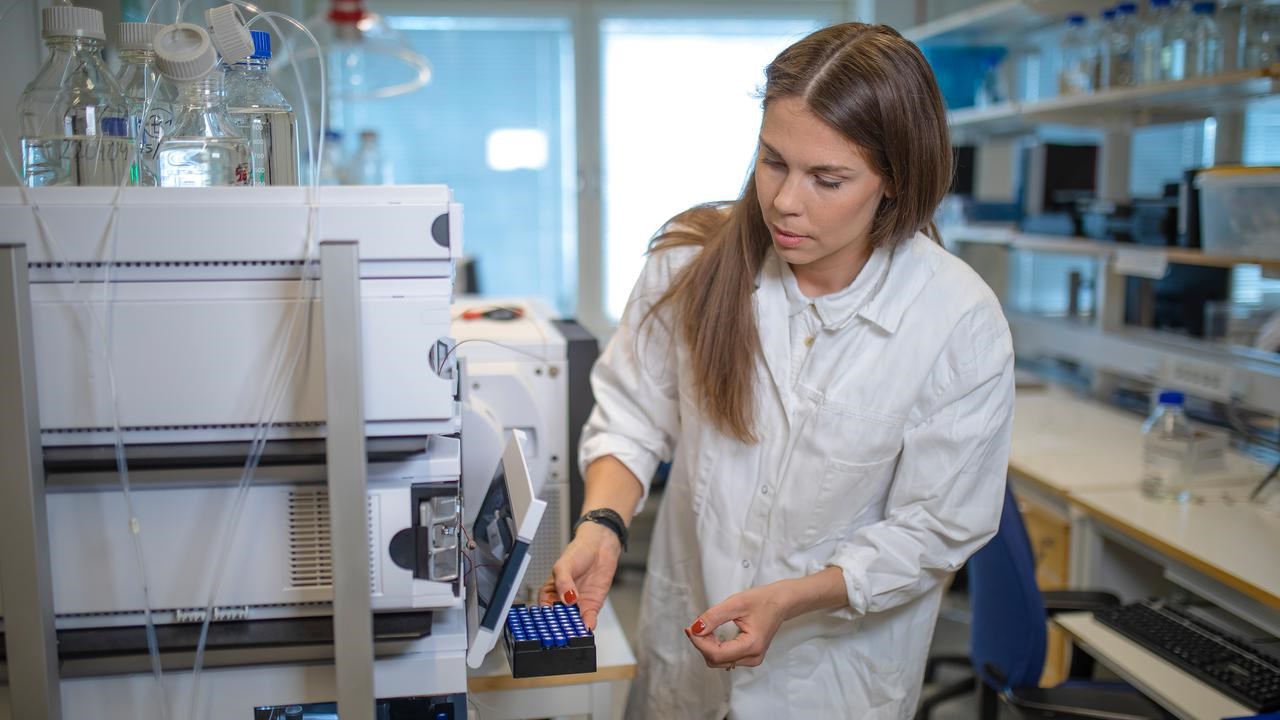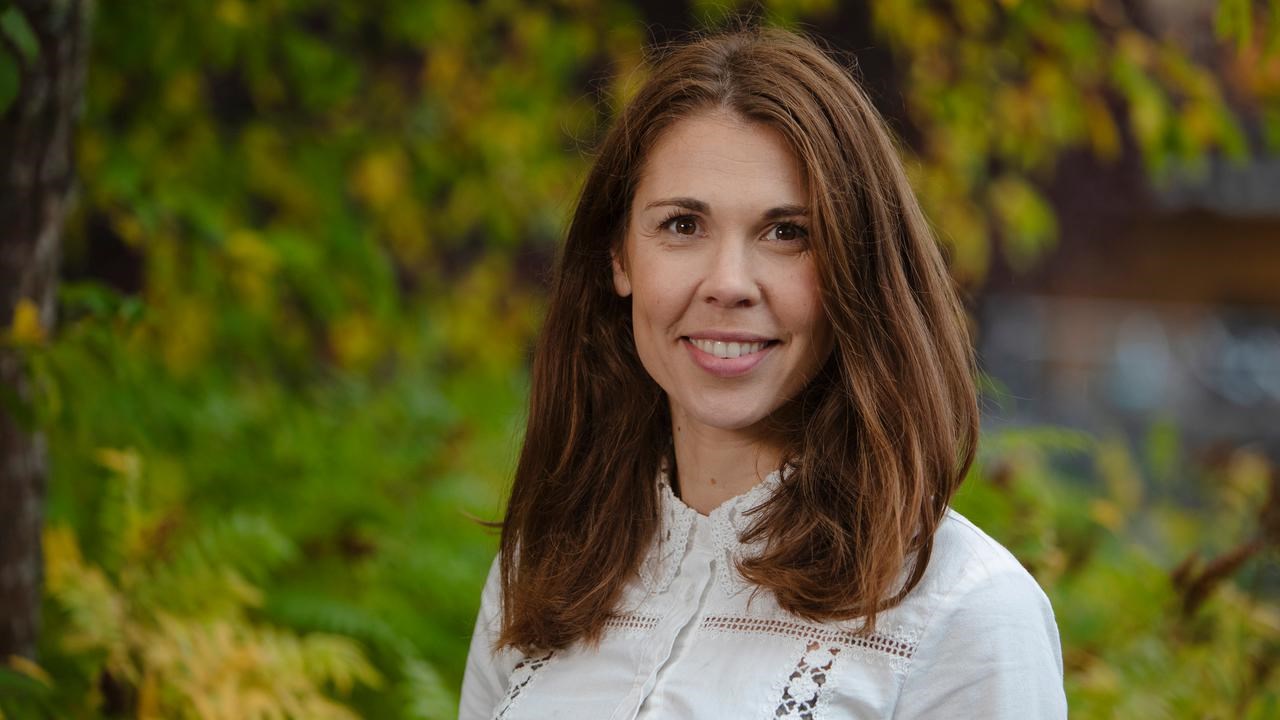More about Elin Chorell
Family: Husband and three daughters
Lives: In Ersmark, outside Umeå, in a traditional Västerbotten farmhouse
Driven by: Health issues. I’ve always exercised – that’s my drug, my passion. In teaching, my favorite part is lecturing on health and metabolism and getting students to ask their own questions. Too many people think they know the ‘truth’ about the right diet and exercise. It’s better to stay curious.
Best way to relax: Running is the best. I’ve done many trail races, and now I’m training for my first road marathon. I also love hiking or skiing with my family in the mountains, or just joining the kids in their activities and watching them grow and thrive in different settings.




